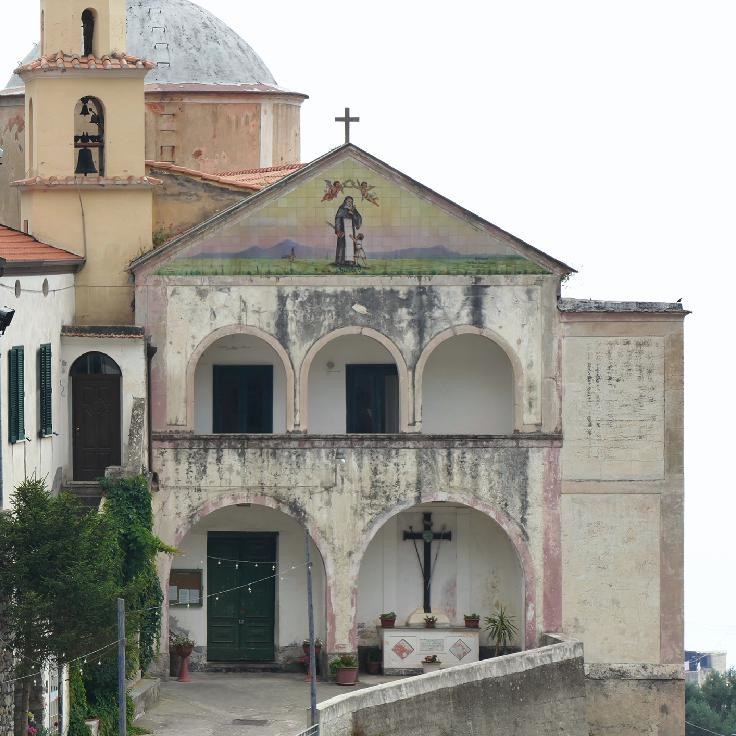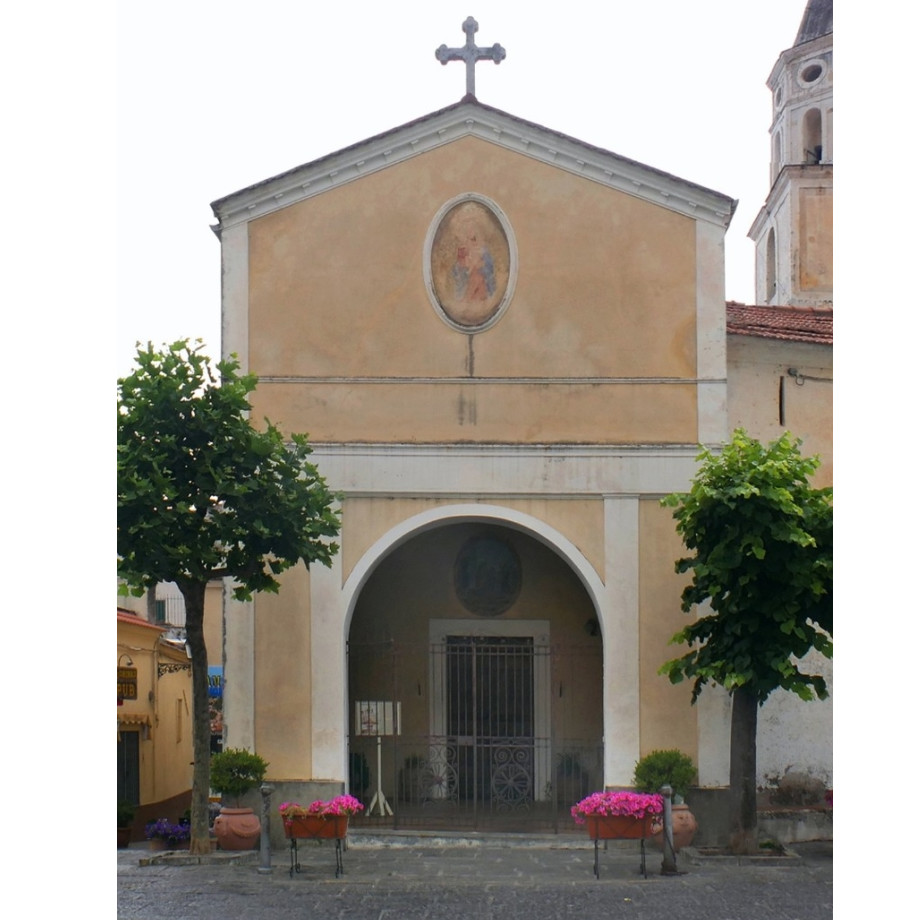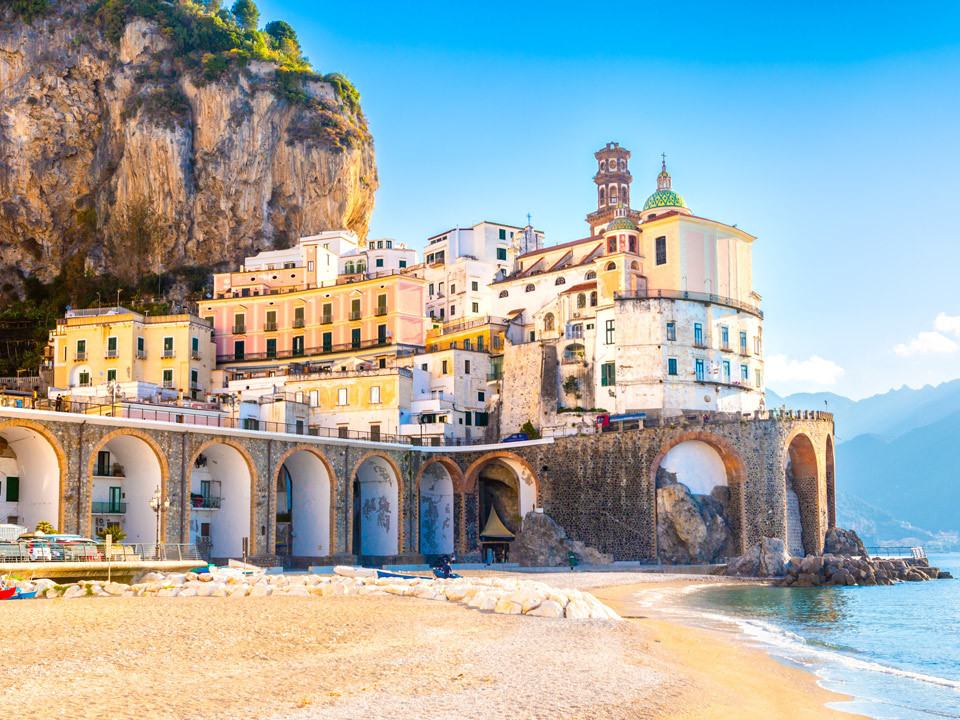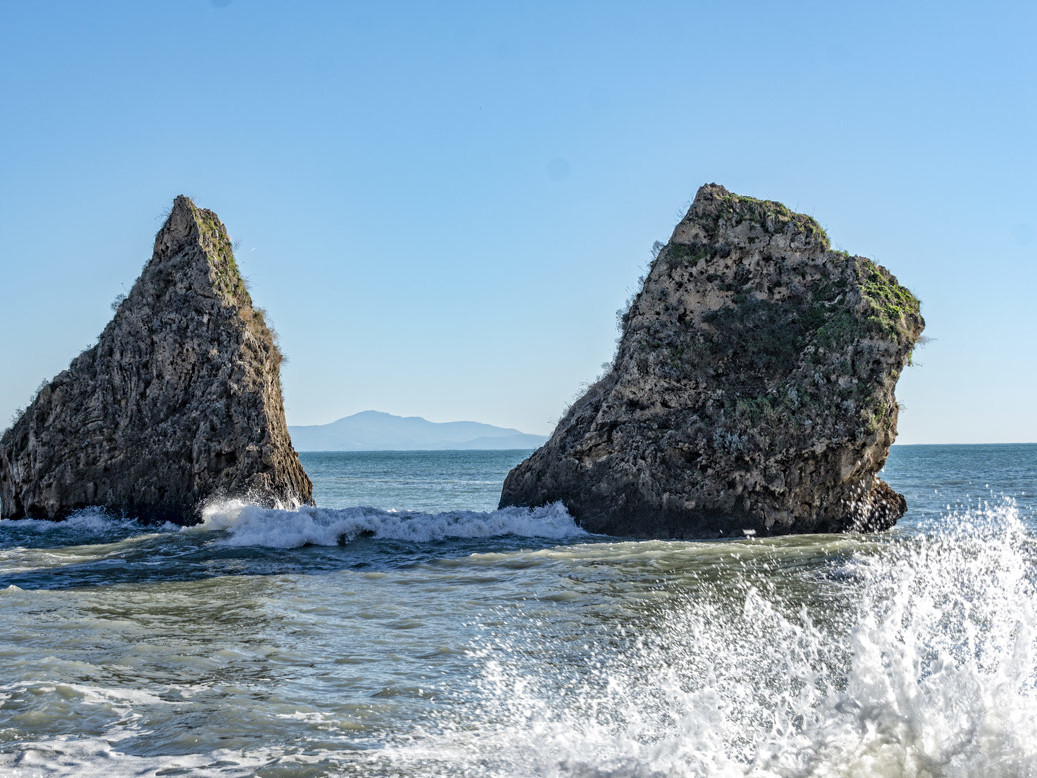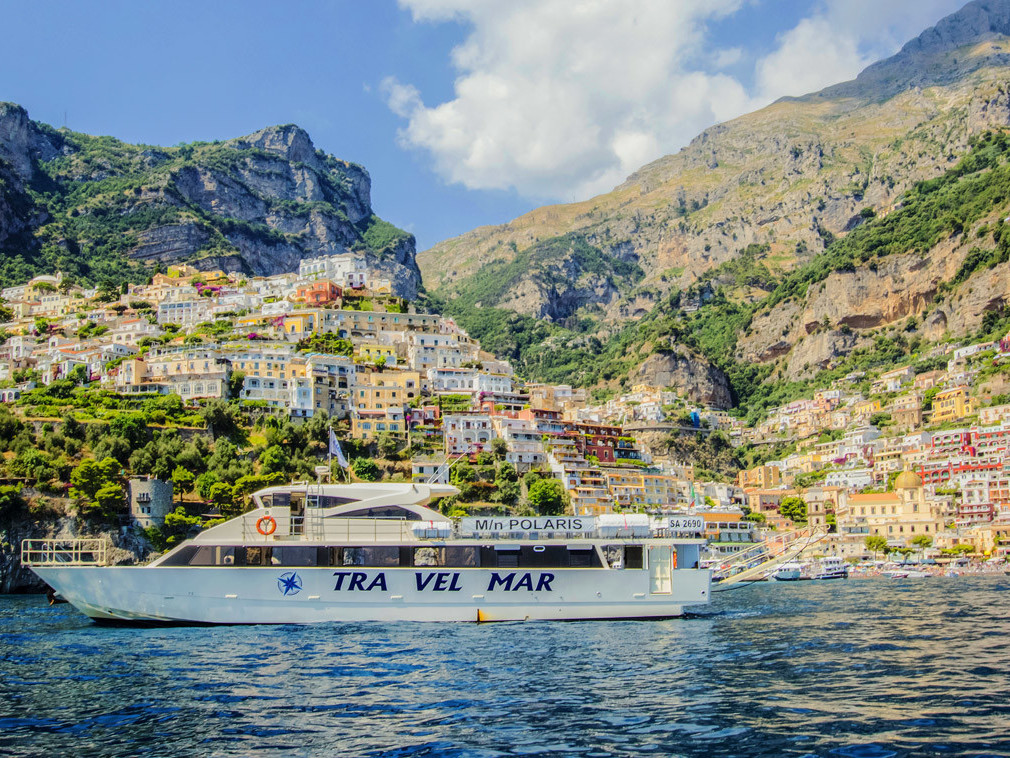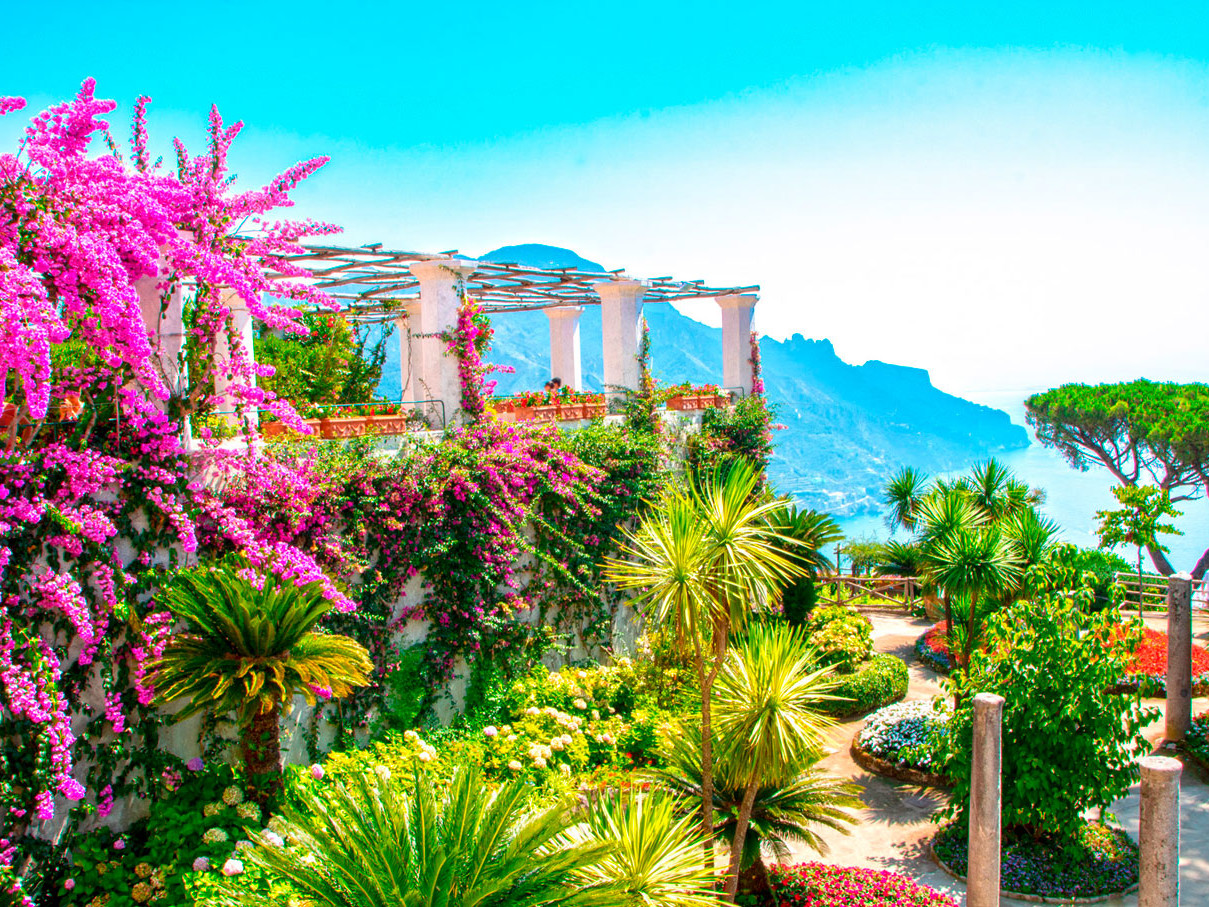THE CAVE AND HOME OF MASANIELLO: A SUGGESTIVE REFUGE
The Cave and home of Masaniello (Casa-Grotta di Masaniello) in Atrani is a place surrounded by myths and legends that makes it the ideal destination for those who want to discover the history of coastal villages. If you are looking for an excursion away from tourist crowds while not giving up the suggestive beauty of these fantastic places, this is the perfect match.
by Barbara Iovine
In Atrani itself lies one of the most enchanting places of the Amalfi Coast: the cave where, according to legend, the Neapolitan revolutionary Masaniello took refuge to escape the soldiers of the viceroy of Naples. This fascinating makeshift “house” is surrounded by the many shades of green that only nature can create. It is located just a few steps from the Church of Santa Maria Maddalena, where there is one of the most exciting viewpoints of the entire coastal area. Visiting it is not just a walk to admire the naturalistic beauties of Atrani, but it is a pleasant dip in the local tradition, to discover a piece of history of this small but incredible city.
share this article
The Cave of Masaniello - Atrani
The Cave of Masaniello and its incredible panorama
The legendary Cave of Masaniello is carved into the rock at about 145 meters above sea level, on a rocky spur near the Church of Santa Maria Maddalena, and it is preceded by 750 steps, which connect it to the village square. Although the path may seem long, you will not notice the fatigue because you will be busy admiring the heavenly environment all around. Once at the destination, you will find a small natural terrace: take a moment to admire the spectacular Atrani from above, with the beautiful crystalline sea that breaks on the imposing jagged cliff, the signature of the Amalfi Coast in the world. It is one of a kind!
Once there, in addition to this beautiful panorama, you will be charmed also by the destination of your excursion: here is finally the Cave which is believed to have been the temporary home of the Neapolitan leader, camouflaged by dense vegetation, submerged by the dark colors of the earth and the plants all around.
With its simple structure, the cave adapts perfectly to the profile of the rock that hosts it, standing out to the eyes for its elegance, given to it by the natural shades of green and brown. It is also arranged on two levels: the lower part has independent access, while the upper one, located 5 meters higher, houses some elements that suggest that someone has lived there, such as the basin carved into the rock, probably used for the collection of rainwater. There are also some interesting remains of painting, with red and black plaster, on a wall in the innermost part of the cave, which, even if they are not legible, suggest it was used in ancient times as a place of worship.
Before leaving, stop for a moment to admire the view from inside the cave: with limestone stones as a frame and glimpses of the beautiful landscape in front of you, you will have an indelible image immortalized in your heart. Who knows, maybe Masaniello decided to hide right here to find relief in the magnificent view of such beauty!
Presumed portrait of Masaniello - Micco Spadaro
The bond between Atrani and Masaniello
Tommaso Aniello de Fusco, better known as Masaniello, was a fisherman of Amalfi roots gifted with lively intelligence. Nowadays, his character is halfway between history and legend, and the strong bond that he has with Atrani can come from the presence of the maternal grandparent’s house, in the proximity of the now-called Cave of Masaniello.
The legend tells that hunted by the soldiers of the Spanish viceroy, the revolutionary was forced to flee, finding refuge in the karst cavity, in the hometown of his mother. This is one of the reasons why this place today attracts visitors, curious to see with their own eyes, where one of the most famous personalities of the Neapolitan revolution of 1647 sought refuge.
Masaniello was initially known to be a smuggler, which is why he was arrested for tax evasion. It was while he was in prison that he met Giulio Genoino who spoke to him about his revolutionary ideas, inspiring him to rise against the tax burden of the Spanish viceregal government: once he was released from prison, in fact, Masaniello quickly obtained the consent of his fellow citizens, and thanks to the power he acquired, he managed to eliminate the scourge of banditry and was also appointed captain of the Neapolitan people.
The fever of power, however, got the better of him and led him to commit several acts of madness, losing the trust of the people due to his increasingly despotic behavior. Finally, the revolutionary was brutally killed by the soldiers, following an ambush, and his head was carried as a trophy through the streets of the city.
credits photo Masaniello portrait: Domenico Gargiulo via wikimedia Commons
- In September, the "Masaniello Night" is celebrated in Atrani, in honor of the famous leader. During the event, a spectacular historical re-enactment winds through the suggestive alleys of the smallest village in Italy.
- The abandoned house under the cave is the home of Masaniello's maternal family, and for this reason, it has often been portrayed by foreign travelers of the last century.
- The red beret, a symbol of the revolt of the leader, returned on the heads of the sans-culottes during the French Revolution.
fun facts
share this article

